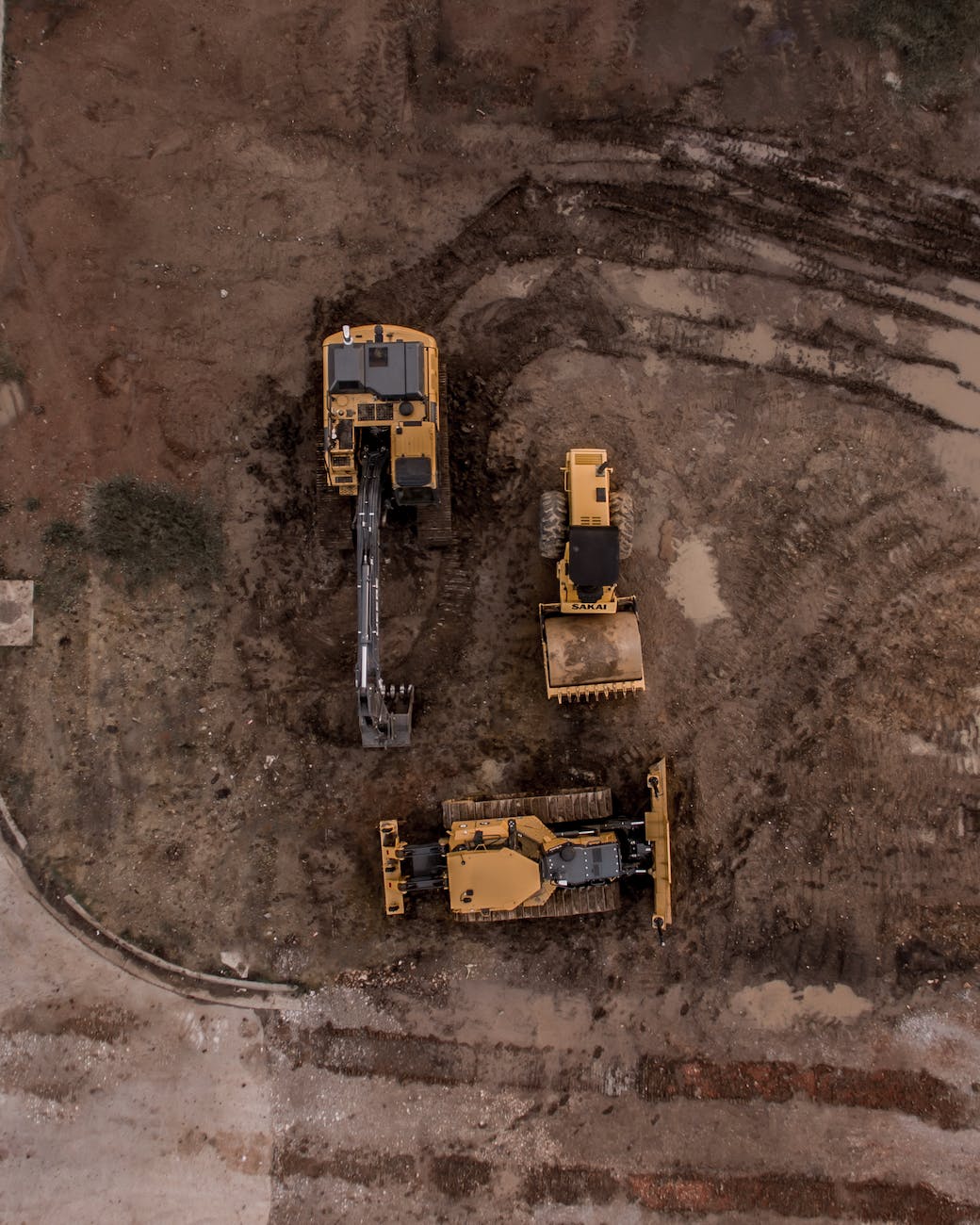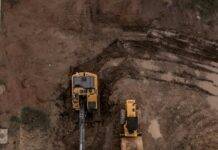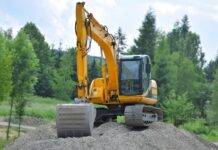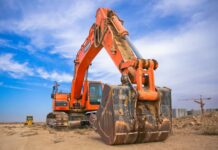
Excavation Safety : Excavation is a crucial aspect of many construction projects, from building foundations to laying utility lines. However, it is also one of the most hazardous activities on a construction site. Therefore, ensuring excavation safety is of paramount importance to protect workers and prevent accidents. In this article, we will explore the essential guidelines and best practices to conduct excavation safely.
1. Introduction
Excavation involves the removal of soil and rocks to create trenches, foundations, or other cavities. It is a necessary process, but it comes with inherent risks that can lead to injuries, collapse, or damage to underground utilities. By following proper safety protocols, workers can minimize these risks and create a safer work environment.
2. Understanding Excavation Safety
– Importance of Excavation Safety
Safety should be the top priority in any construction project. Excavation safety prevents accidents, injuries, and fatalities, reducing financial liabilities and ensuring a smooth project workflow.
– Risks and Hazards
Excavation sites pose various risks, such as cave-ins, falls, electrocutions, and the release of hazardous materials. Workers must be aware of these hazards and be equipped to handle them.
– Regulations and Guidelines
Government agencies and industry organizations have set regulations and guidelines to ensure excavation safety. Compliance with these rules is crucial for any construction company.
3. Preparing for Safe Excavation
– Site Assessment
Before starting any excavation project, a thorough site assessment must be conducted. This assessment includes evaluating the soil conditions, potential hazards, and nearby utilities.
– Obtaining Necessary Permits
Depending on the location and scope of the excavation, permits may be required. It is essential to obtain all necessary permits to comply with local regulations.
– Utility Detection
Contacting the relevant utility companies to mark and locate underground lines is essential to prevent accidental damage to utilities during excavation.
4. Ensuring Worker Safety
– Personal Protective Equipment (PPE)
Workers involved in excavation should wear appropriate personal protective equipment, such as hard hats, high-visibility vests, and steel-toed boots.
– Proper Training and Supervision
Proper training is critical to ensure that workers understand safety procedures and are competent in using excavation equipment. Supervision by experienced personnel is also crucial, especially for new employees.
– Emergency Response Plan
Having a well-defined emergency response plan in place is vital. Workers should be familiar with emergency procedures, evacuation routes, and the location of first-aid kits.
5. Safe Equipment Operation
– Inspections and Maintenance
Excavation equipment, such as excavators and backhoes, must undergo regular inspections and maintenance to ensure proper functioning and reduce the risk of breakdowns during work.
– Excavator Best Practices
Operators should follow best practices while operating excavators, including avoiding sudden movements, maintaining stable positions, and using caution when working near edges.
– Soil Testing and Classification
Understanding the soil type and stability is crucial for excavation safety. Soil testing and classification help determine the appropriate protective systems needed for trenching.
6. Safe Trenching Practices
– Trench Protection Systems
Trenches deeper than a certain depth require protective systems such as shoring, benching, or sloping to prevent collapse.
– Sloping and Benching
Sloping involves cutting back the trench wall at an angle, while benching creates horizontal levels within the trench. Both methods ensure stability and safety.
– Shoring and Shielding
Shoring involves using supports to reinforce trench walls, while shielding uses trench boxes to protect workers from potential cave-ins.
7. Underground Utility Protection
– Marking and Identification
All underground utilities must be accurately marked and identified before excavation begins. This prevents accidental damage to essential services like gas, water, or electrical lines.
– Safe Digging Techniques
When excavating near underground utilities, workers should use non-destructive digging techniques, such as hydro excavation, to avoid damaging the lines.
8. Monitoring and Reviewing Safety Measures
– Regular Inspections
Regular inspections of the excavation site and safety measures should be conducted to identify potential hazards and address them promptly.
– Incident Reporting and Investigation
Any accidents or incidents that occur during excavation must be reported and thoroughly investigated to prevent similar incidents in the future.
9. Conclusion
Excavation safety is an indispensable aspect of any construction project. By following the outlined guidelines and best practices, workers and employers can create a safer environment and significantly reduce the risk of accidents and injuries during excavation work.
5 Unique FAQs
- Q: What is the most common cause of excavation-related accidents? A: Cave-ins or trench collapses are the most common causes of accidents during excavation work.
- Q: Is it necessary to wear personal protective equipment even for small excavation tasks? A: Yes, wearing personal protective equipment is essential for all excavation activities, regardless of their size.
- Q: Can I excavate without checking for underground utilities? A: No, it is crucial to check for underground utilities before excavation to avoid damaging them, which could lead to service disruptions or accidents.
- Q: How often should excavation equipment undergo maintenance? A: Excavation equipment should undergo regular maintenance as per the manufacturer’s recommendations and usage frequency.
- Q: Are there specific safety guidelines for working in confined spaces during excavation? A: Yes, working in confined spaces during excavation requires additional safety measures, such as proper ventilation and continuous monitoring of air quality.
























